Every garden or open space is going to have a corner that is naturally shady.
In urban areas or where large trees are present, a variety of shade situations provide the opportunity to add interest to gardens with the introduction of shade-loving trees.
Finding trees that will do well in a shady spot is not always easy, but there are several dwarf flowering trees that can make the most of dappled light and adapt to the shade while providing a beautiful floral display.
In This Article: We share 8 dwarf trees that will grow and flower in your shady spot along with top tips for gardening productively in shade.
What Is Shade?
Shade is simply an area of reduced sunlight due to the light being blocked by an object.
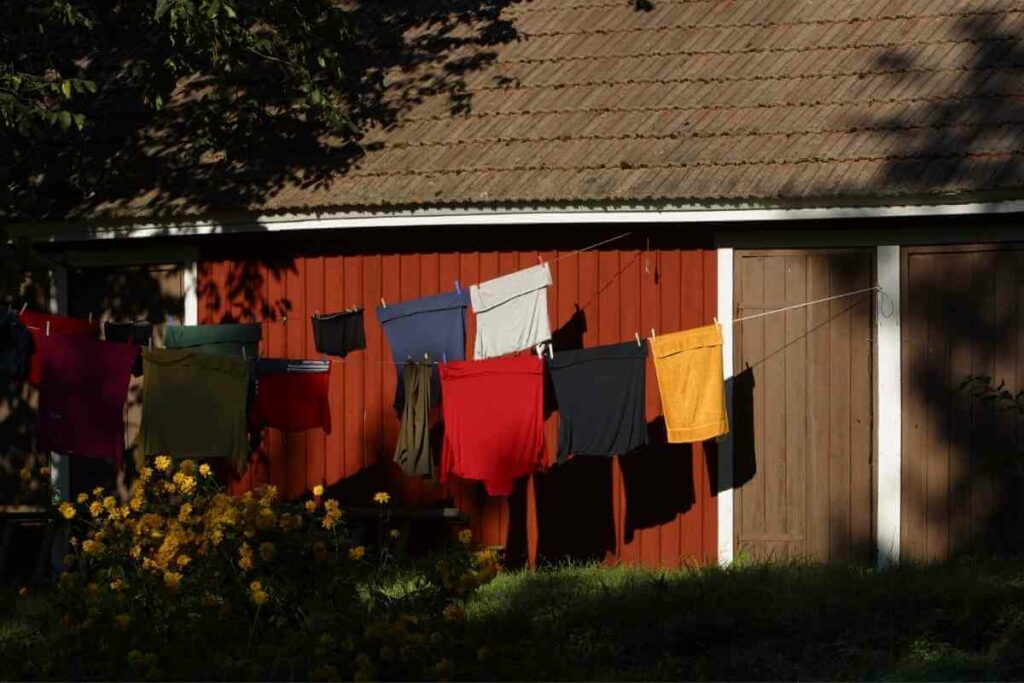
In a garden, the shadows of trees, buildings and other structures create shade.
Shade may be welcome on hot days in intense sunlight, but for most plants, shade is an issue as it makes plants less productive.
8 Dwarf Flowering Trees That Love Shade
The 8 trees and shrubs we share in this article can adapt to varying levels of shade, from light to deep shade.
And they are not foliage only!
These beautiful shade-loving trees and shrubs also put on a floral display with shade-tolerant flowers that are fragrant and welcome pollinators into your garden.
1. Flowering Chinese Dogwood Tree
Also Known As: Cornus kousa var. chinensis Tree, Chinese dogwood or Chinese dogwood shrub
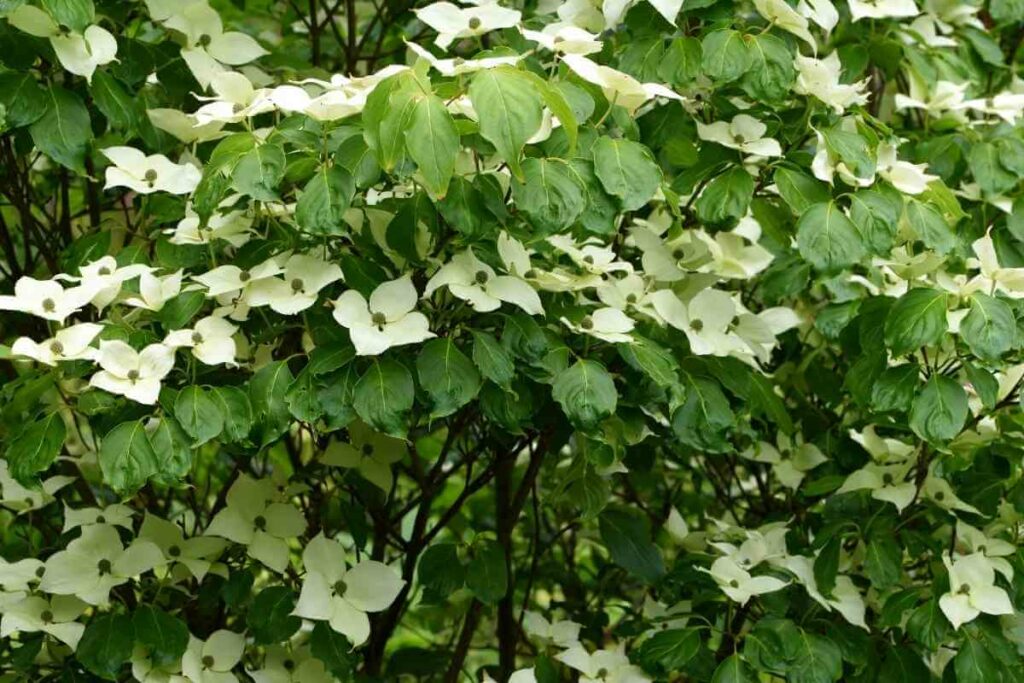
Shade Level: Partial shade
Description
This deciduous tree is small and bushy with a maximum height and dome-shaped spread of no more than three metres by three metres.
It puts on an eye-catching display of large white flowers that turn light pink over time.
In addition, the pointed, dark-green leaves will keep interest up towards autumn by turning a vivid orange red, with small pink fruits.
It will do well in partial shade with decent soil or added compost.
Water well in spring and summer and taper off the watering in the autumn.
2. Flowering Viburnum Shrubs
Also Known As: Viburnum ‘Mohawk’, Arrowwood ‘Mohawk’ or Viburnum x burkwoodii ‘Mohawk’ Shrub
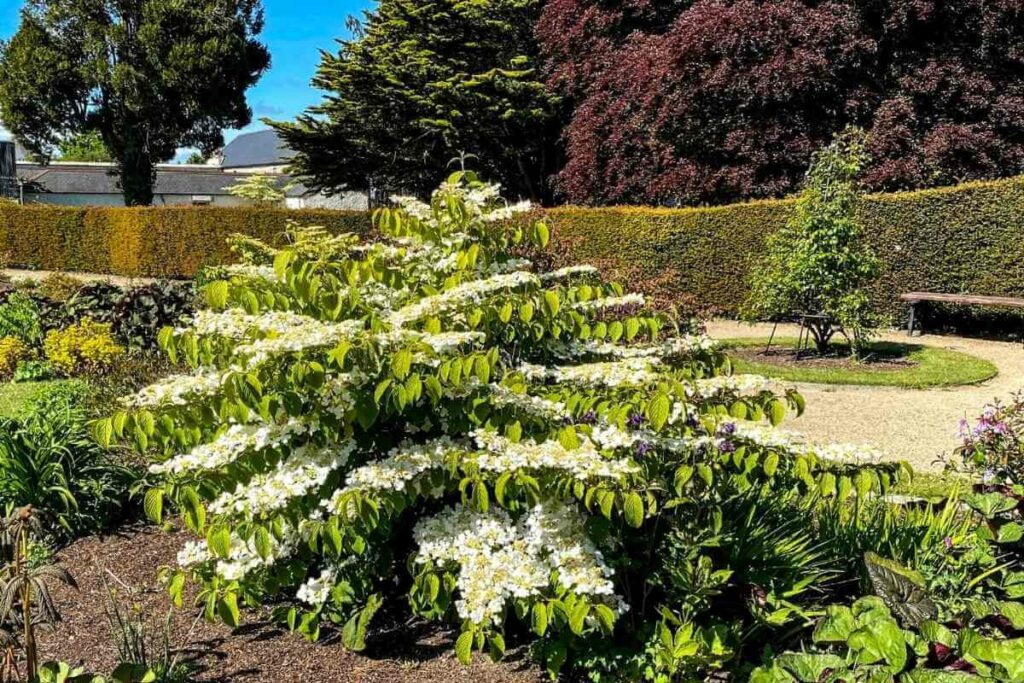
Shade Level: Partial shade
Description
This deciduous ornamental draws attention with a profusion of large red flower buds that open to reveal white flowers with a red tinge.
They have a beautiful spicy scent that visitors to your garden will enjoy.
The beauty of this dwarf flowering tree continues to fruit with Viburnum Mohawk producing red fruits and a riot of autumn colour from the red, orange and gold-coloured foliage.
The growth of ‘Mohawk’ is compact, reaching two metres by two metres at most.
It can thrive in a partially shaded site with well-drained soils.
3. Portuguese Laurel
Also Known As: Prunus lusitanica Tree
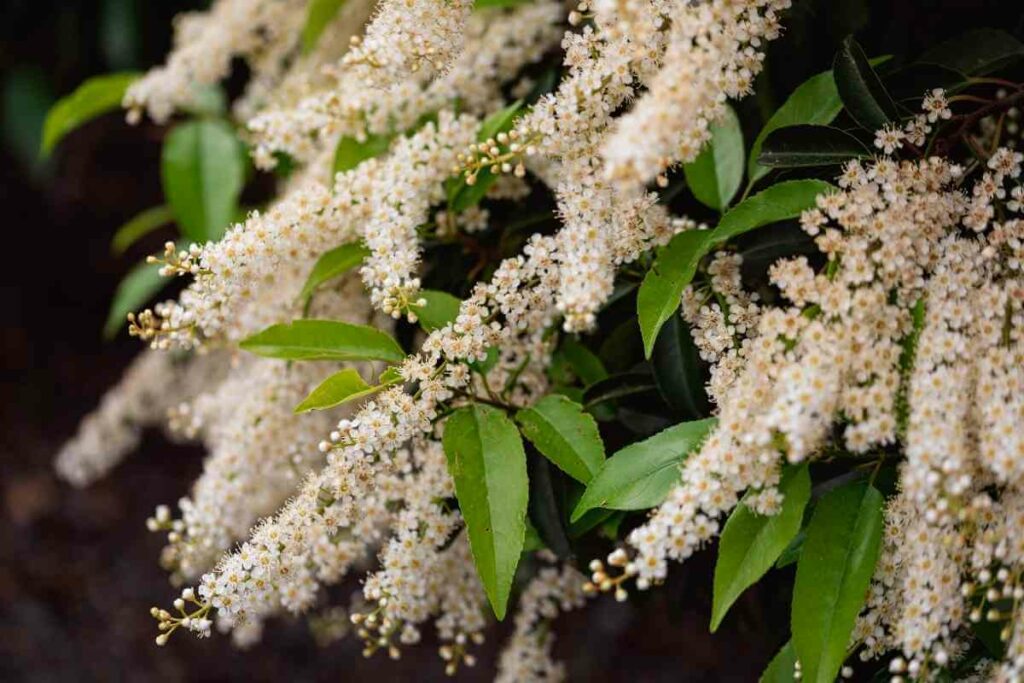
Shade Level: Partial, dappled or moderate shade
Description
This is a versatile evergreen dwarf tree that lends itself to a variety of practical garden projects.
It is tolerant of a variety of garden conditions and conditions including moderate shade.
Use this shrub for topiary or creating screens, hedges and windbreaks.
The dark green glossy leaves have rich red stems and look amazing when dotted with its small white flowers and subsequent red fruits.
This small tree loves a good feed when it is planted and without pruning and trimming would achieve a height and spread of five meters by six metres in 20 years.
4. Hupeh Mountain Ash Trees
Also Known As: Hupeh Rowan. Sorbus hupehensis Tree Chinese Mountain Ash, or Chinese Rowan
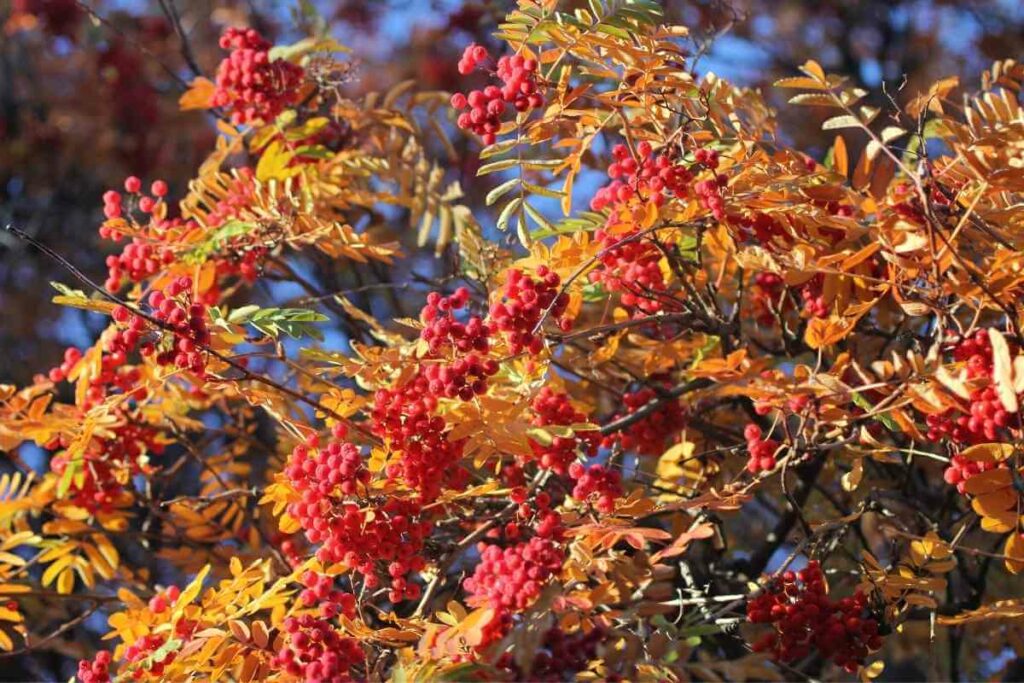
Shade Level: Light to partial shade
Description
This deciduous ornamental tree will hold your attention through the year with colourful foliage, beautiful flowers and dramatic clusters of fruit.
In early summer it produces corymbs of cascading white flowers that will attract bees and other pollinators.
These flowers give rise to white-pink berries that your garden birds will love to eat.
The berries remain well into winter and give a beautiful display when paired with the pinnate leaves that turn vivid red and orange as the seasons progress.
The Hupeh Rowan can do well in a well-drained and partially shaded site. Sorbus hupehensis works well among other, larger trees.
As it grows, it may need staking or support for its abundant fruit.
5. Common Hawthorn
Also Known As: Crataegus monogyna Tree, May Blossom, Hawthorn, May, Quick, Quickthorn, Thorn tree, Hawthorn, or Bread and Cheese

Shade Level: Light to partial shade
Description
Hawthorn is a native deciduous shrub that can be grown as a small tree.
It is hardy and can thrive in a range of conditions, including coastal sites. However, at most, it will only tolerate light to partial shade.
It has deep green, lobed leaves and produces fragrant small white flowers from May onwards. The haw fruit follows which will attract local birds.
Be careful handling it as it has sharp thorns along its branches. The leaves of this shrub turn bronze in autumn before they fall of the tree.
Hawthorn can be planted throughout the year and should be pruned at the end of summer, after flowering.
It will require protection from weeds as it establishes itself.
6. Viburnum tinus ‘Eve Price’ Shrub
Also Known As: Viburnum ‘Eskimo’ or Arrowwood Eskimo
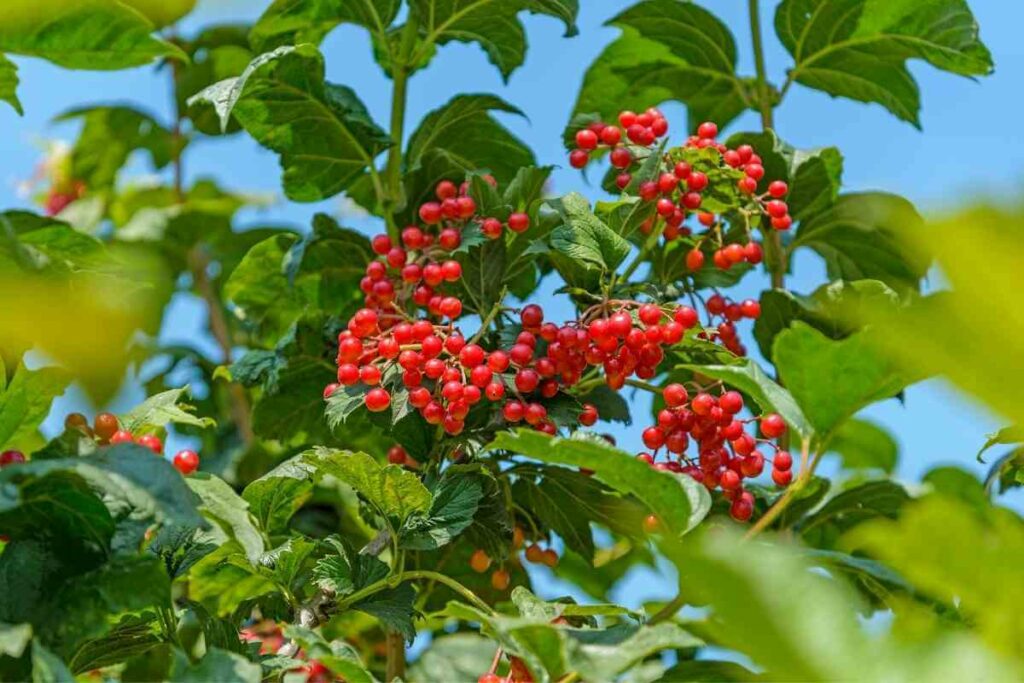
Shade Level: Partial to moderate shade
Description
This dwarf tree will enliven a shady nook in your garden with its display of clustered pink buds in late winter that open to reveal exquisite white star-shaped blooms in spring.
As the year progresses, you will be treated to deep blue berries that will be popular with the local birds.
Eve Price is evergreen and has rich dark green ovate foliage.
It is hardy too, doing just as well in exposed positions as in moderate shade.
7. Pyrus salicifolia ‘Pendula’
Also Known As: Weeping silver pear, pendulous willow-leaved pear
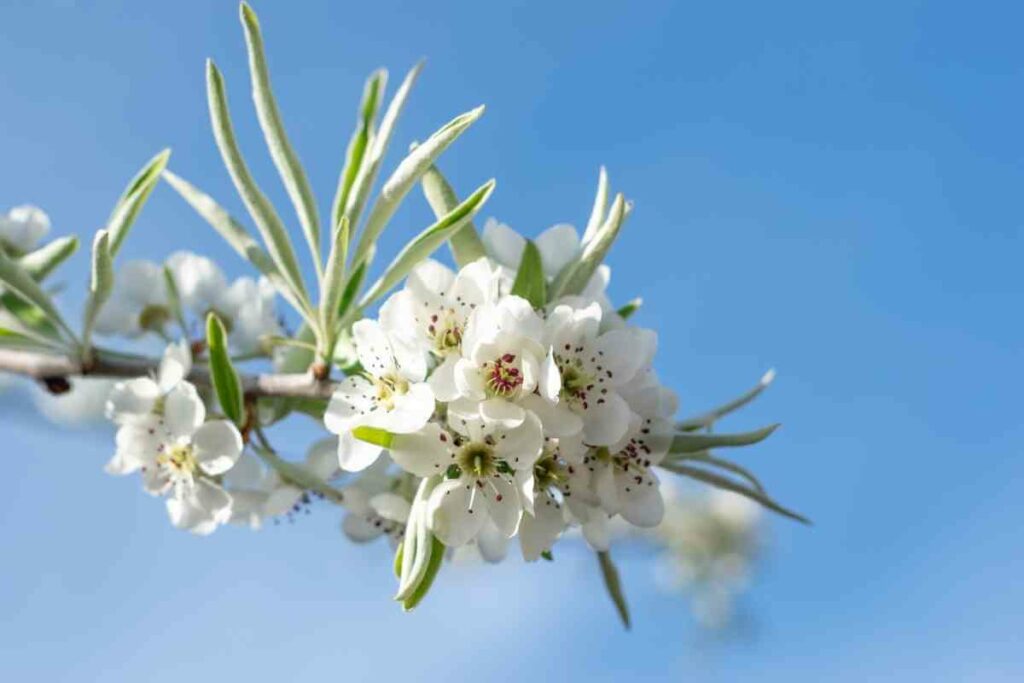
Shade Level: Light to partial shade
Description
Pendula can be grown as a deciduous dwarf tree or shrub.
Its weeping display is dramatic with oval silver leaves that almost appear iridescent.
In spring you will be treated to delicate white blossoms which yield small brown fruit later on in the year.
It has dome-shaped growth, which should be kept compact with a schedule of pruning.
Plant this dwarf flowering tree in well-drained soil.
It will tolerate being planted under larger evergreens, which allow the distinctive foliage to stand out!
8. Flagpole Cherry
Also Known As: Prunus Amanogawa
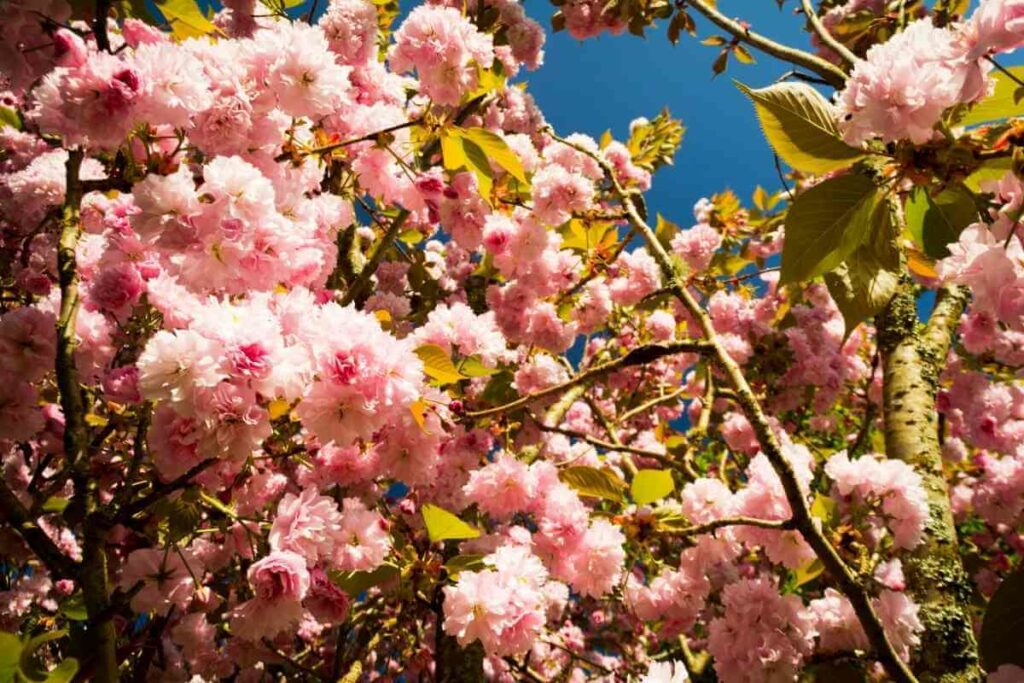
Shade Level: Partial shade
Description
This plucky tree is the perfect solution for adding interest and colour to a usable but shade spot like the side of a building.
You will enjoy annual cherry blossoms and that satisfying confetti of petals that children love. This cherry is very narrow meaning that it will fit in just about anywhere.
They make a beautiful display when multiple trees are planted to create a hedge or screen.
You can enjoy beautiful foliage changes throughout the year, from bronze, through green to red and orange by autumn.
It is easy to grow and will thrive in all conditions except soil that is waterlogged.
Top Tips for Making the Most of Shade
- Make your soil the best it can be: the soil in shaded areas can become impoverished. Before planting your tree, consider renewing the soil by adding compost and organic material. Poor soil can be removed and replaced with a rich compost.
- Feel free to feed: because shade adapted plants have to work that much harder to thrive, they need all the help they can get. Feed them with a high-potash feed that will promote shade-tolerant growth.
- Fork the base of your planting holes: this makes it easier for the young tree to spread its roots and establish itself. This is important if you will plant the tree near an existing larger tree.
- Liberally mulch: the nutrient-rich soil in which the dwarf tree is newly planted will be a magnet for weeds that will challenge its growth. Mulch protects the base of the tree and improves soil health.
- You can always open up the tree canopy that is producing shade to let in more light: if the shade in your garden is produced by larger trees with dense foliage, talk to your tree surgeon about stem or even limb removal to let in more light so your shade plants and trees can thrive.
- Native ornamental trees may fare better in the shade than exotics: if you are introducing an exotic plant to your garden, a shady spot may make it difficult for the tree to become established. Keeping things simple with native trees that are already suited to your climate and soils can help you get the best results in shade.
Rounding up
These eight deciduous and evergreen dwarf flowering trees provide a range of options for making the most of the shade in your garden.
If you are in a temperate climate with decent soil drainage you should be able to make a success of planting these trees, even if your shade is moderate.
An area of well-established mature trees makes a great backdrop to any of these dwarf flowering trees that will provide their delightful display year after year.


